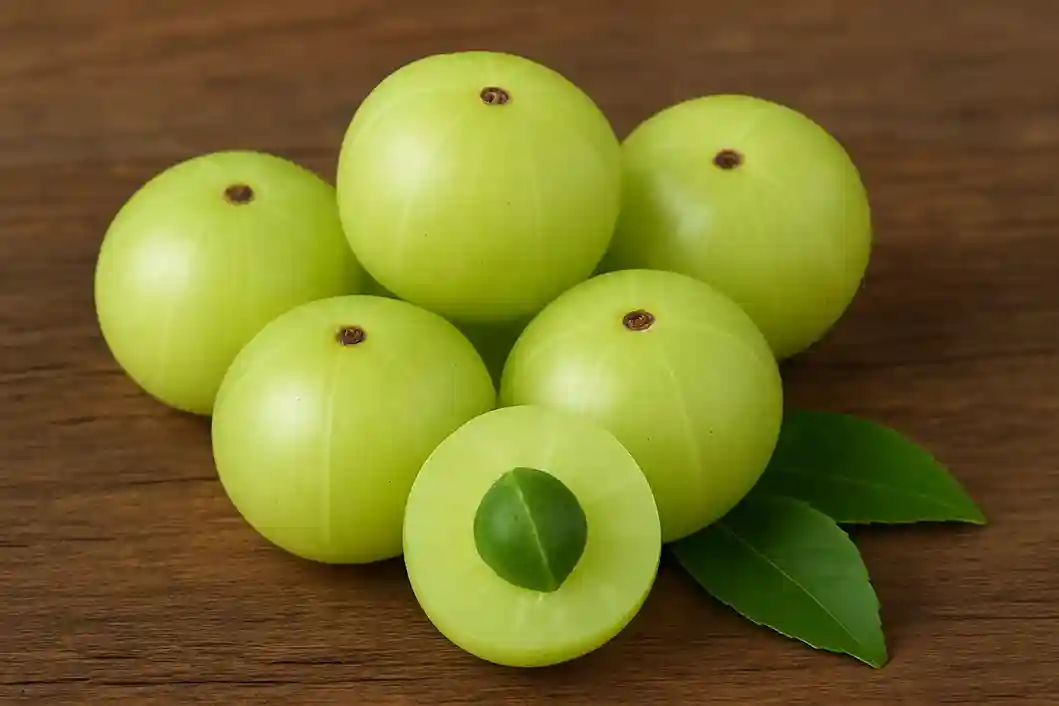Amla: India's Ancient Superfruit Gains Global Recognition for Health Benefits

Amla: India's Ancient Superfruit Gains Global Recognition for Health Benefits
The humble amla, scientifically known as Phyllanthus emblica, is experiencing renewed interest from health researchers and nutritionists worldwide as recent studies continue to validate what Ayurvedic practitioners have known for over a millennium.
Nutritional Powerhouse
Recent research published in March 2025 highlights amla's impressive nutritional profile, with one 100-gram serving providing 300mg of vitamin C—more than twice the daily recommended value for adults . This makes amla one of the richest natural sources of vitamin C, containing between 600 to 800% of the recommended daily value in a single fruit .
The small, green fruit also contains notable amounts of polyphenols, alkaloids, and flavonoids, along with antibacterial and anti-inflammatory properties . The fruit's bitter taste derives from a high density of ellagitannins, including emblicanin A (37%), emblicanin B (33%), punigluconin (12%), and pedunculagin (14%) .
Traditional Medicine Meets Modern Science
Amla has been revered for centuries in traditional medicine systems of Southern Asia, including Ayurveda, Unani, and Siddha, as well as in Traditional Chinese Medicine . In Ayurveda, amla is considered a powerful rasayana, or rejuvenator, believed to promote overall health and longevity .
Pharmacological studies support its traditional uses, showing anti-inflammatory compounds and strong effects by blocking key inflammation-related substances like Nitric Oxide and COX-2 . The fruit has shown promise in treating various conditions, from respiratory health to digestive issues.
"Amla is among the most antioxidant-rich foods produced in nature," notes a recent study. "The berry has been studied for myriad benefits, including boosting immunity and defending against oxygen-robbing free radical cells."
Versatile Culinary Applications
Beyond its medicinal properties, amla remains a staple in Indian cuisine. The fruit is often pickled with salt, oil, and spices, used as an ingredient in dal preparations, and made into amle ka murabbah, a sweet dish created by soaking berries in sugar syrup until candied .
Modern preparation methods include juicing amla berries, combining them with sweeter fruits for salads, and incorporating them into chutneys and curries .
Growing Global Interest
ConsumerLab is currently testing amla supplements and will publish results in late summer 2025 , indicating growing commercial interest in the fruit's health benefits. However, researchers emphasize that more high-quality studies in humans are needed to confirm many of the possible health effects .
The ancient superfruit continues to bridge traditional wisdom with modern nutritional science, offering a natural approach to health and wellness that has sustained communities across Asia for generations.


